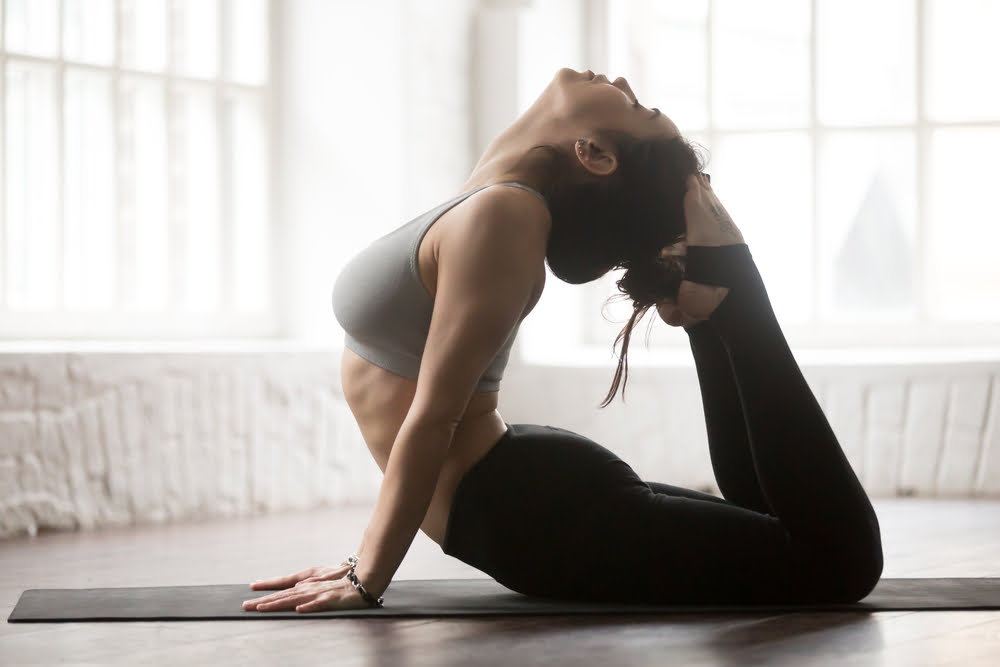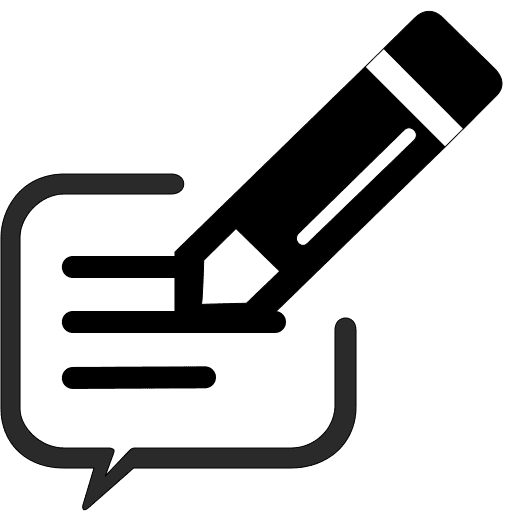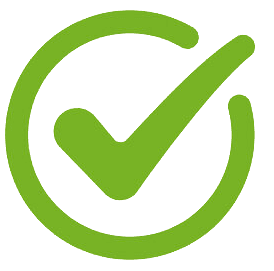Welcome to the world of yoga, where ancient wisdom meets modern wellness. In this comprehensive guide, we delve deep into the majestic King Cobra Pose, unlocking its myriad benefits, teaching you the correct techniques, and guiding you through potential pitfalls. Whether you’re a seasoned yogi or a curious beginner, join us on this journey to discover the transformative power of this iconic asana.
Understanding the King Cobra Pose.
The King Cobra Pose, known as “Bhujangasana” in Sanskrit, derives its name from the majestic snake it emulates. This backbend posture involves lying prone on the mat, lifting the upper body while keeping the arms straight, and arching the back gracefully. The pose resembles the raised hood of a cobra, exuding strength, flexibility, and poise.
Benefits of Practicing the King Cobra Pose.
- Strengthens the Spine: As you arch your back in the King Cobra Pose, you engage and strengthen the muscles along the spine, promoting better posture and spinal health.
- Improves Flexibility: Regular practice of Bhujangasana increases the flexibility of the spine, shoulders, and chest, enhancing overall mobility and range of motion.
- Stimulates Abdominal Organs: The gentle compression of the abdomen in this pose massages the internal organs, improving digestion and aiding in detoxification.
- Relieves Stress and Fatigue: The elongation of the spine and opening of the chest in Bhujangasana alleviate tension and stress, leaving you feeling rejuvenated and energized.
- Enhances Respiratory Function: The deep breaths taken while holding the pose expand the chest and lungs, improving respiratory efficiency and oxygenation of the body.
- Tones the Buttocks: The engagement of the gluteal muscles in the King Cobra Pose helps tone and strengthen the buttocks, leading to a firmer, more sculpted rear.
- Boosts Confidence: Mastering this powerful pose instills a sense of confidence and self-assurance, both on and off the yoga mat.
How to Perform the King Cobra Pose?
- Start by lying flat on your stomach, with your legs extended and the tops of your feet pressing into the mat.
- Place your palms flat on the mat beside your ribs, with your elbows close to your body.
- Inhale deeply as you slowly lift your chest off the mat, using the strength of your back muscles.
- Keep your shoulders relaxed, and avoid putting too much weight on your hands.
- Hold the pose for 15-30 seconds, breathing deeply and maintaining a steady gaze forward.
- Exhale as you gently release back to the starting position, lowering your chest down to the mat.
- Repeat the pose 2-3 times, gradually increasing the duration as you build strength and flexibility.
Precautions and Common Mistakes to Avoid.
Avoid forcing the stretch: Listen to your body and only go as far into the pose as feels comfortable. Pushing too hard can lead to strain or injury.
Keep the elbows close to the body: Flaring out the elbows puts unnecessary pressure on the shoulders and can compromise the integrity of the pose.
Engage the core: To protect the lower back, engage the abdominal muscles throughout the pose, drawing the navel towards the spine.
Modify as needed: If you have any neck or back injuries, or if you’re pregnant, consult with a qualified yoga instructor for appropriate modifications or alternatives.
Don’t hold your breath: Maintain a steady, rhythmic breath throughout the pose, avoiding the temptation to hold your breath or breathe shallowly.
Personal Interview with Experienced Yoga Instructors.
We spoke with renowned yoga instructors to glean insights into the King Cobra Pose and its benefits. According to Yogini Priya Sharma, “Bhujangasana is a cornerstone of any yoga practice, offering a perfect balance of strength and flexibility. It’s a pose that teaches us to rise above challenges with grace and resilience.”
Scientific Evidence Supporting the Benefits of the King Cobra Pose.
Numerous studies have explored the physiological and psychological effects of yoga, including backbend poses like the King Cobra Pose. Research published in the International Journal of Yoga Therapy found that regular practice of Bhujangasana significantly improved spinal flexibility and reduced lower back pain in participants with chronic low back issues.
Frequently Asked Questions.
Yes, beginners can practice Bhujangasana, but it’s essential to start slowly and focus on proper alignment and technique.
Aim to hold the pose for 15-30 seconds initially, gradually increasing the duration as you become more comfortable and proficient.
Individuals with herniated discs, back injuries, or carpal tunnel syndrome should exercise caution or avoid this pose altogether. Pregnant women should also consult with their healthcare provider before attempting Bhujangasana.
Bottom Line.
As you embark on your journey to master the King Cobra Pose, remember that yoga is not just about physical postures but also about cultivating mindfulness, self-awareness, and inner peace. With dedication, patience, and proper guidance, Bhujangasana can become a powerful tool for transforming your body, mind, and spirit. Embrace the challenge, embrace the journey, and let the wisdom of the cobra guide you towards a healthier, happier life.

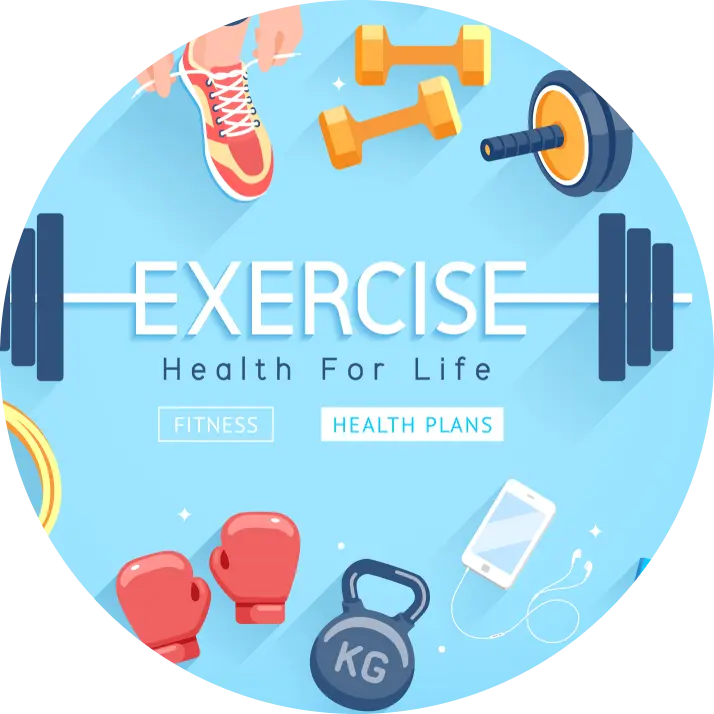 Workout
Workout
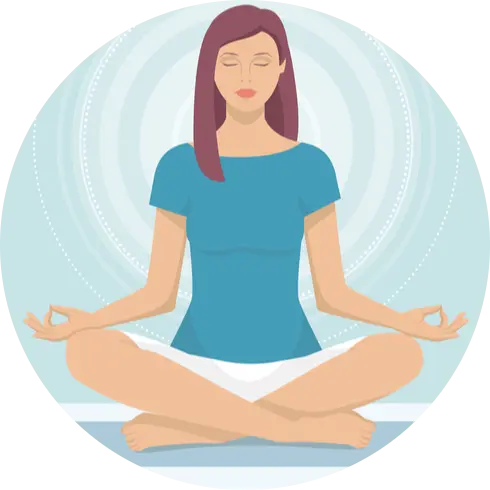 Meditation
Meditation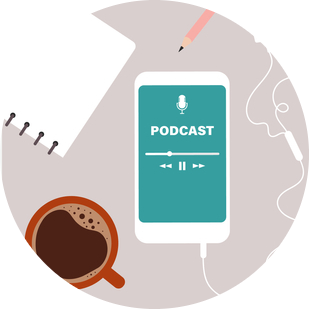





 Contact Us
Contact Us

